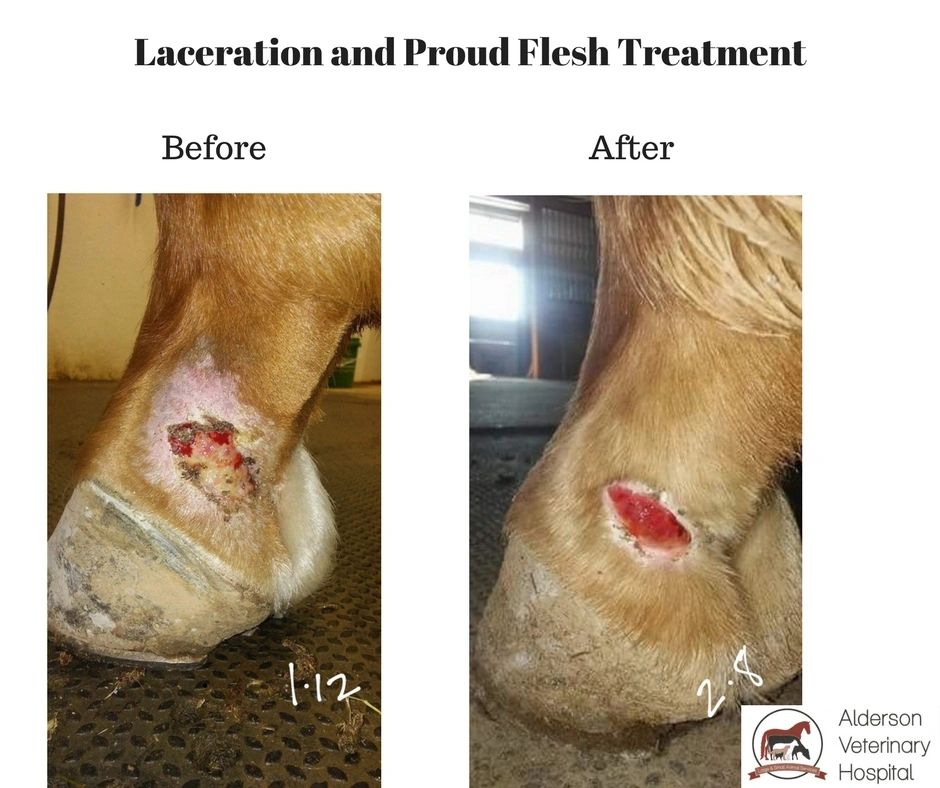Why Equine Therapy is Ending Up Being a Preferred Choice for Emotional Wellness
Why Equine Therapy is Ending Up Being a Preferred Choice for Emotional Wellness
Blog Article
Just How Laser Treatment in Horse Treatment Is Revolutionizing Vet Take Care Of Equines
Laser treatment has become a transformative approach in equine vet care, supplying a non-invasive option that quickens recovery and improves overall health. Leveraging specific light wavelengths, this innovative therapy stimulates mobile regeneration, reduces swelling, and reduces discomfort. Its effectiveness extends from bone and joint injuries to chronic ailments like osteo arthritis, considerably improving wheelchair and life high quality for steeds. The mobility and versatility of laser treatment devices better underscore their expanding indispensability amongst veterinarians. As we discover the intricate technicians and real-world successes, the profound effect on equine medical techniques becomes progressively evident.
Understanding Laser Therapy

The modern technology behind laser therapy is grounded in the concept of photochemistry, where photons are absorbed by chromophores within cells, leading to enhanced ATP production and modulation of reactive oxygen species (Equine Therapy). This, subsequently, advertises cellular expansion, reduces inflammation, and increases recovery. Vet experts make use of various sorts of lasers, consisting of low-level lasers (LLLT) and high-power Course IV lasers, depending upon the certain restorative goals and the nature of the equine condition being treated
Various laser wavelengths and power setups are meticulously chosen to target different tissue depths and attain desired scientific results. Security protocols are paramount, as improper use can cause thermal damage or suboptimal therapeutic results. Hence, a detailed understanding of laser therapy's mechanisms and applications is crucial for its reliable execution in equine veterinary practice.
Advantages for Equine Health
The myriad advantages of laser therapy for equine health and wellness encompass improved healing, discomfort decrease, and enhanced mobility. This innovative treatment technique leverages specific wavelengths of light to permeate cells, stimulating mobile feature and promoting fast cells repair work. The non-invasive nature of laser treatment ensures very little stress and anxiety and discomfort for the steed, helping with a smoother recuperation procedure.
Boosted recovery is one of the foremost benefits, as laser treatment increases cellular regeneration and collagen synthesis. Pain reduction is accomplished with the anti-inflammatory results of laser treatment, which lowers swelling and reduces the production of pain-inducing chemicals.
By minimizing inflammation and pain, and boosting cells repair service, laser therapy helps in recovering joint feature and muscle mass flexibility. Hence, laser treatment stands as a transformative tool in modern horse veterinary care.
Usual Conditions Treated
Laser treatment has emerged as a functional treatment option for a selection of typical equine conditions. Amongst these, musculoskeletal injuries are particularly responsive to laser therapy. Equine Therapy. Soft cells injuries, such as tendonitis and ligament strains, gain from the anti-inflammatory and analgesic impacts of laser therapies, which speed up healing and minimize pain. In addition, laser therapy works for conditions like osteo arthritis, where it assists mitigate joint swelling and promote cells repair.
Wound administration is an additional area where laser treatment has actually shown considerable assurance. Chronic injuries or slow-healing abscess can be particularly difficult in steeds, but laser treatment boosts cellular regeneration and boosts blood flow, thus accelerating the recovery process. Moreover, laser therapies have been effectively employed in managing hoof problems such as laminitis and abscesses, alleviating discomfort and advertising much faster recovery.

Modern Technology Behind Laser Treatment
Past the myriad problems treatable with laser therapy, the technology itself benefits closer examination. At the heart of laser treatment is using certain wavelengths of light to permeate tissues and evoke organic actions. These wavelengths, usually ranging from 600 to 1000 nanometers, are uniquely soaked up by chromophores in the skin, muscle mass, and other cells, initiating a cascade of mobile occasions.
Laser devices used in vet medicine often make use of low-level laser therapy (LLLT) or cold laser treatment. Unlike high-powered medical lasers, these devices read this article run at lower power levels, optimizing healing benefits while decreasing thermal damages. The energy from the laser light promotes adenosine triphosphate (ATP) production, boosts cellular metabolic rate, and speeds up cells repair service processes.

Success Stories and Case Research Studies

Showcasing the substantial advantages of laser treatment, countless success tales and case studies illuminate its transformative effect on equine health. One such situation includes a pure-blooded racehorse suffering from persistent tendonitis. Typical therapies produced marginal renovation, yet after incorporating laser therapy into the regimen, the horse exhibited significant decreases in swelling and discomfort within weeks, inevitably going back to competitive racing.
Another engaging instance features a dressage horse official site diagnosed with extreme back discomfort, limiting its performance. A vet group utilized low-level laser therapy (LLLT) to target the swollen locations, leading to marked improvement in adaptability and a significant reduction in discomfort. Over numerous sessions, the steed reclaimed its peak read what he said kind, showcasing the efficiency of laser therapy in addressing bone and joint problems.
Additionally, a study carried out at a leading equine center examined 50 steeds with different soft cells injuries treated with laser treatment. The results stood out: 85% of the equines demonstrated increased recovery times and boosted flexibility. These situations underscore the adaptability and effectiveness of laser treatment in equine medication, offering a non-invasive, scientifically-backed approach to enhancing recovery and efficiency in equines.
Conclusion
Laser treatment is changing equine veterinary care by supplying a non-invasive treatment that speeds up healing, minimizes inflammation, and eases pain. With its performance in treating a variety of problems, from musculoskeletal injuries to chronic ailments like osteo arthritis, this technology dramatically enhances equine health and wellness and wheelchair. The portability and versatility of laser treatment further highlight its transformative effect on veterinary methods, strengthening its duty as a vital device in modern equine healthcare.
Report this page